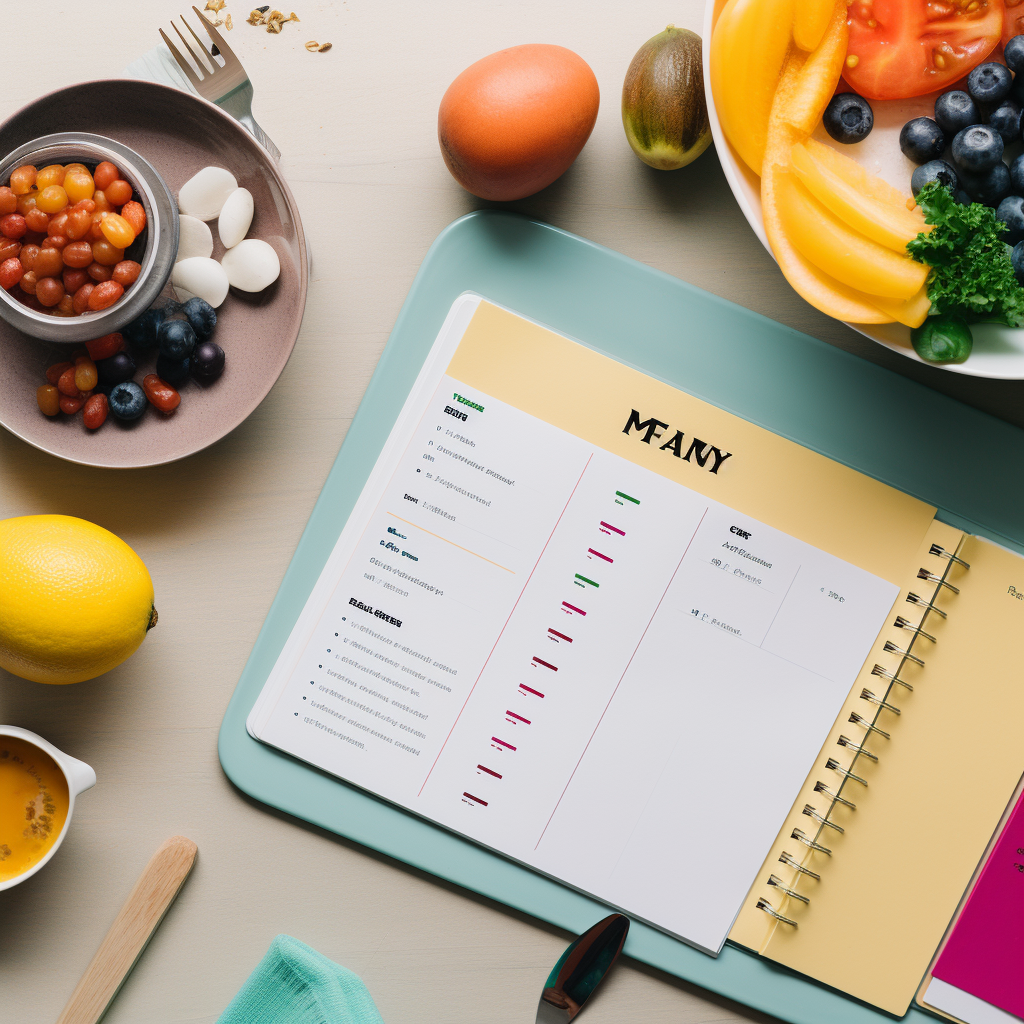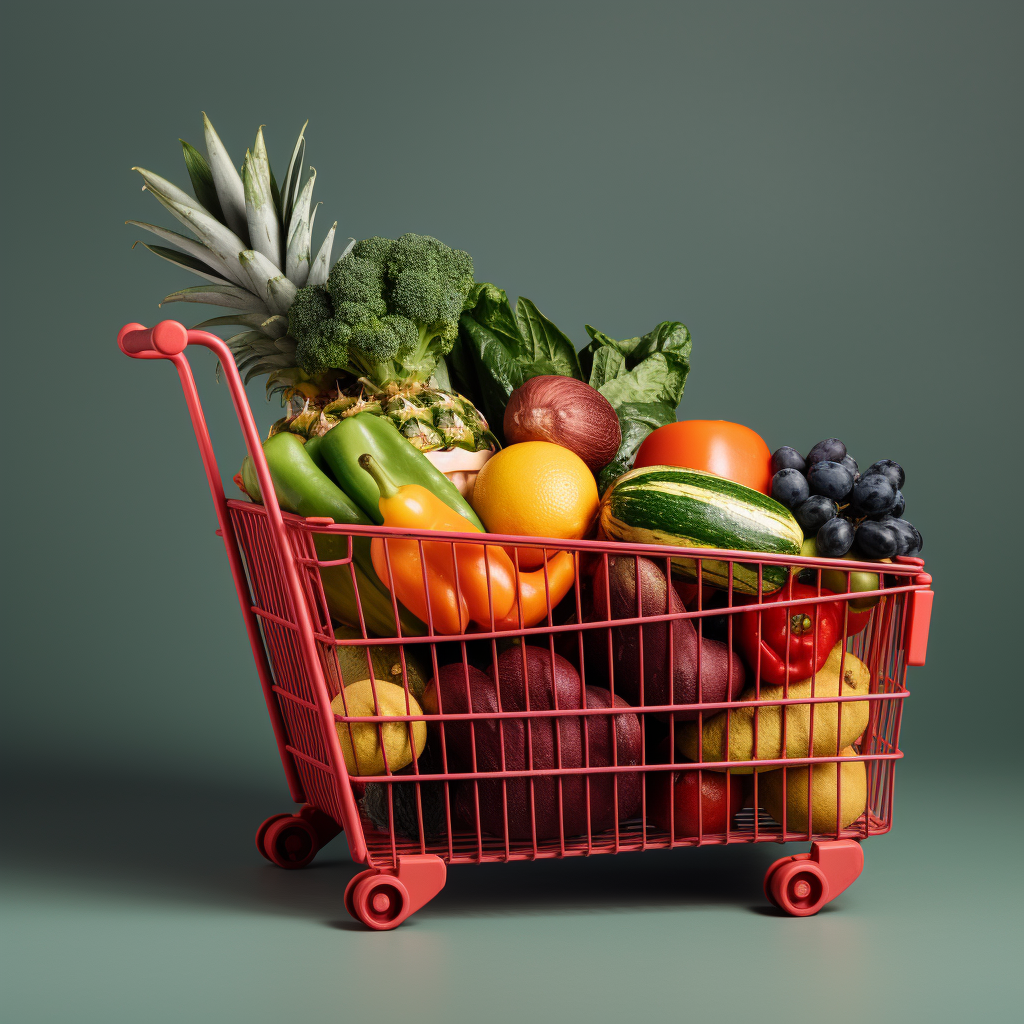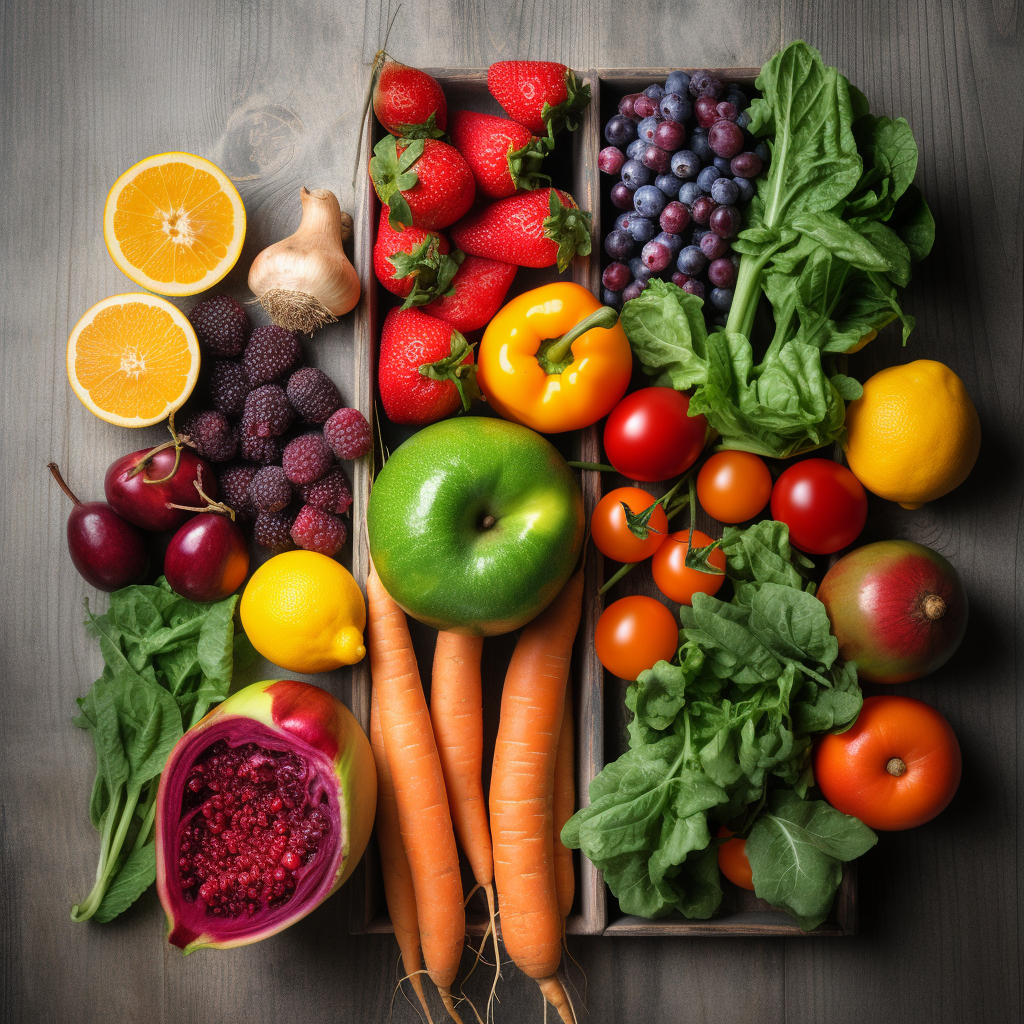Pocket-Friendly Healthy Eating: A Guide
Howdy! Are you striving to satisfy those taste buds with nutritious meals while also keeping your budget in check? Allow me to shed some light! The notion of a diet rich in nutrients often being accompanied by an exorbitant bill is a myth we’re about to debunk. After analysing a plethora of expert opinions on platforms such as the CDC and Healthline, and collecting tips from various online communities like Reddit, I can assure you, nutritionally dense meals can come with a price tag that won’t make your eyes water. In this guide, I’ll unravel the facts and tips about budget-friendly healthy eating, drawing on professional advice and personal experiences. We’re going to explore meal planning, cost-effective buying tips, and more. So sit tight!
Eating Healthy Without Breaking the Bank
Contrary to popular belief, loading your plate with healthy food doesn’t necessarily mean emptying your wallet. Sure, organic produce and lean meats can run up the bill but pause for a moment to ponder the cost of processed food, not only in terms of money but also the long-term impact on health. Fact check: eating healthy will cost you an extra $1.48 per day, a and that slight increase is a bargain considering the myriad of health benefits you’re going to reap. A fair warning, while healthy eating is budget-friendly, it certainly isn’t bland! Mix in a bit of ingenuity in your cooking and it’s possible to whip up flavorsome meals that won’t bust your budget. Websites like Eat Cheap And Healthy are a testament to that with their plethora of economical yet nutrient-rich recipes.
Planning and Budgeting for a Healthy Diet

Meticulous planning is a fail-proof strategy to eating healthy on a tight budget. While it may sound like a drag initially, it can effortlessly trim your grocery bills, reduce impulsive buying, and eliminate food waste. It’s a small change with a big impact – better health and more savings. The CDC echoes the importance of meal planning in managing your diet and finances. Here’s a tip; when planning your meals, choose recipes that make use of similar ingredients. Love sweet potatoes? Plan around that – sweet potato and black bean enchiladas for dinner, sweet potato hummus for snacks, and a sweet potato hash for breakfast. Once you’ve chalked out your menu, compile a shopping list. This will be your guide in the grocery store, deterring you from impulse purchases (especially those appealing processed foods!). Enter digital help for the added edge. With a number of apps for list organization, recipe discovery, and discount hunting available, and resources for budgeting and meal planning like USDA’s MyPlate, managing your budget has never been easier. A marriage of conventional meal planning and digital efficiency, promises success in healthy eating on a budget.
A Smart Shopper’s Guide to Healthy Eating on a Budget

Making choices in the grocery store that align with both, your health goals and your budget can be a challenge. Allow me to simplify it with actionable tips, bringing within reach, healthy eating that won’t burn a hole in your pocket.
Master the Art of Mindful Grocery Shopping
Rule one: steer clear of the junk food aisles! Sure, they’re tantalizing with their assortment of pre-packaged, processed snacks, but the rewards of resisting the temptation are well worth it. Both your health and your pocket will be better off for it.
An Economic Approach to Healthy Eating: Smashing Misconceptions and Saving Costs
If you think eating healthy and saving money can’t coexist, think again! Let’s bust a myth — contrary to popular belief, a nourishing diet can be affordable. You don’t need to stock up on expensive organic produce or lean organic meats; rather, strategic planning and smart shopping might just be all you need.
Fresh, Frozen, or Canned: A Budget-Friendly Trio
Concerned about where to start? Choosing between fresh, frozen, or canned goods can be a good kick-off point. While fresh produce is ideal, it might weigh heavily on your wallet. Frozen foods, on the other hand, are rich in nutrients, much like fresh foods, and are typically more cost-effective. Canned fruits and vegetables also make a great alternative, especially those low in added sugar or sodium. Tip: Store-brand frozen or canned goods can help you save a few extra bucks!
Strategic Seasonal Shopping

Another effective strategy is to buy ‘in-season’ produce. Fruits and vegetables that are in season are readily available and priced lower. Depending on your region, digital resources like seasonal food guides can assist in pinpointing the freshest and cheapest items available.
Stay Alert! Sale Season is here
Don’t let a good sale pass you by! Grocery stores often offer discounted healthier options, so extend your deal-detection range beyond just the snack aisle. Remember, the goal isn’t solely to buy cheap; it’s about shopping smart. An apple’s nutritional content outweighs that of a bag of chips, even if the latter is cheaper; invest in yourself and your health.
The Art of Bulk Buying and DIY
Given the current rise in food costs, the DIY approach can be a life-saver. Whether it’s about bulk buying or crafting homemade meals, adopting strategic shopping and cooking habits can significantly alleviate grocery expenses. Plus, you’ll have more delicious, nutrient-rich meals on your plate.
Bulk Buying, Meal Prepping, and The Magic Trio Bulk purchasing applies not only to pantry staples but also fresh produce and meats. While it does require organization and storage space, the savings reaped are worth it. Meal prep—planning and preparing meals ahead of time—can also cut costs, save time, and reduce food waste. Creative applications of leftovers and larger dishes can add variety to your meals. Don’t forget to explore homemade options; controlling the ingredients directly translates to savings.
Community Engagement: Local Farmers’ Markets and CSA Boxes Promoting community prosperity while ensuring freshness—farmers’ markets and Community Supported Agriculture (CSA) boxes are beneficial on multiple fronts. Plus, the cost-effectiveness of what’s in season, through CSAs or farmers’ markets, is a win-win. Locating local options has never been easier, thanks to the internet, newspapers, or community notice boards.
Healthy Eating Isn’t Only for the Affluent: Resources for Assistance and Digital Tools Having dismissed the myth of high-cost healthy diets, it’s clear that numerous resources can facilitate budget-friendly, nutritious eating. Accessibility to healthy diets shouldn’t be considered a luxury—smart shopping and planning can make it a reality. Several assistance programs and digital tools make affordable healthy food more accessible than ever before! Agencies such as the Food and Nutrition Service (FNS) and multiple web-based retailers offer great deals on healthy food items.
In summary, the idea of affordable healthy eating isn’t far-fetched, thanks to strategic planning and smart shopping habits. So, brace yourself to embrace a healthier lifestyle that’s kind to your wallet too! Want easy savings and simpler meal planning? Enter digital tools, such as the USDA’s MyPlate. This platform offers budget-friendly meal planning tips and an accompanying app aimed at fostering healthier eating patterns. Indeed, frugally smart choices are where it’s at! So, let’s dispense with any stigma towards discounts or assistance—eating healthy on a shoestring budget is entirely possible, and it’s about time we embraced it.
Congratulations—you’ve made it through! What once seemed like an expensive venture into healthy eating now feels achievable, doesn’t it? Armed with mindful meal planning, clever shopping routines, home-cooked gastronomy, and a variety of online resources, a nutritious diet isn’t out of reach—even on a tight budget. According to Harvard Nutrition Source, a healthier diet might only require an extra $1.48 per day. Consider the benefits: a slight increase in your daily spend can lead to a massive upgrade in your meals’ quality, all without breaking the bank. Here’s a friendly reminder: nutrient-rich superfoods aren’t under lock and key at high-end organic stores. Look to your staple ingredients—fruits, vegetables, lean proteins, and whole grains—for an abundance of healthy benefits.
Now you’re behind the wheel! Save those coupons, get creative with meal plans, and embrace bulk shopping. It might be time to swap those guilty pleasure snacks for a balanced diet that’s sympathetic to your taste buds, your health, and, of course, your wallet. If you’re up for it, why not attempt to grow your own herbs or produce? It’s a fun undertaking that could also serve to boost your health and save money. Even the seemingly small steps count enormously on the road to well-being. Share your budget-friendly healthy eating hacks and spread some health and wellness love. Let’s get the ball rolling and inspire a wellness movement, one budget diet plan at a time. Keep in mind: achieving a healthy diet on a budget isn’t a pipe dream—it’s a reality with your commitment and smart planning. This blog post is your stepping stone into a world of health and happiness, without tipping your financial balance. So, prepare your budget, prepare your meals, and bon appétit!
